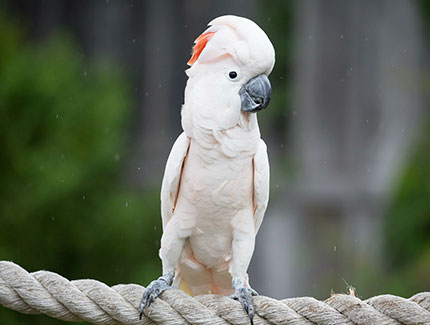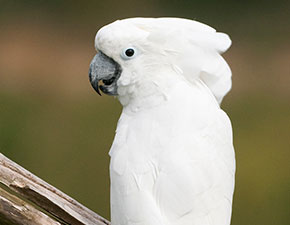
Palm Cockatoo
Probosciger aterrimus
IUCN red list status:
Least Concern
For more informations, please visit iucnredlist.org
They feed on fruit, nuts, berries, seeds and buds of leaves.
They are found on the western tip of Australia as well as New Guinea and Indonesia.
Palm cockatoos only lay one egg every second year and have one of the lowest breeding success rates reported for any species of parrot.
They have a lifespan of 60 years on average, although in some cases can live up to 90 years.
Palm Cockatoo
The Palm cockatoo also known as the Goliath cockatoo is the largest species of Cockatoo in the world. It is found on the western tip of Australia as well as New Guinea and Indonesia. They are black with bright red cheeks; their cheeks change colour when the bird is excited or alarmed.
Pairs have a low breeding rate, laying one egg every two years. This alongside habitat loss has led to a decreasing population with a recent study showing that there could be less than 1,500 left in the wild.
Did you know?
Male Palm cockatoos use sticks to drum on trees during territorial displays when trying to attract a mate.

